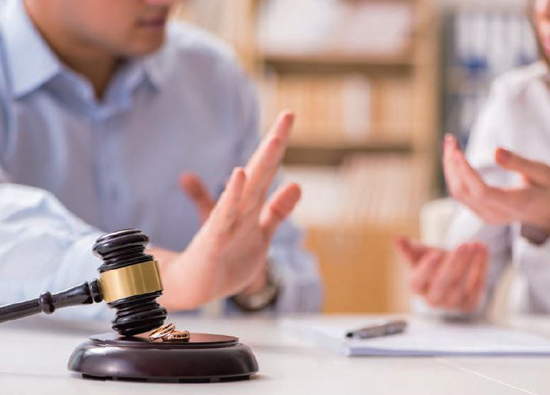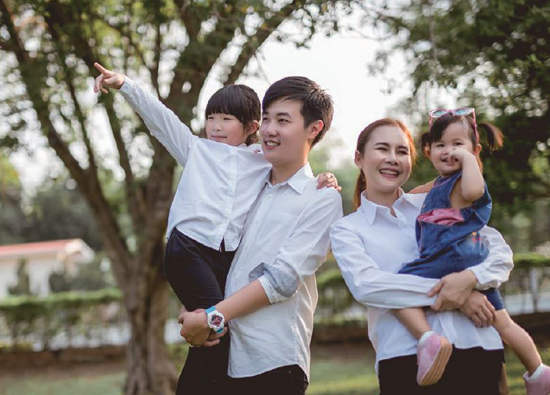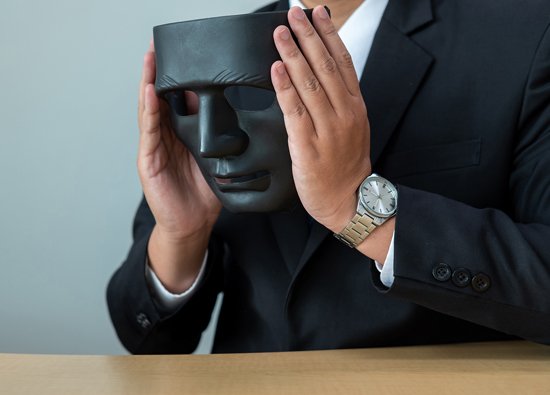04.2021 Life Guide
How to treat children with fever and spasm intelligently
Pediatric department of Far Eastern Memorial Hospital / Dr. Gao Kailiang
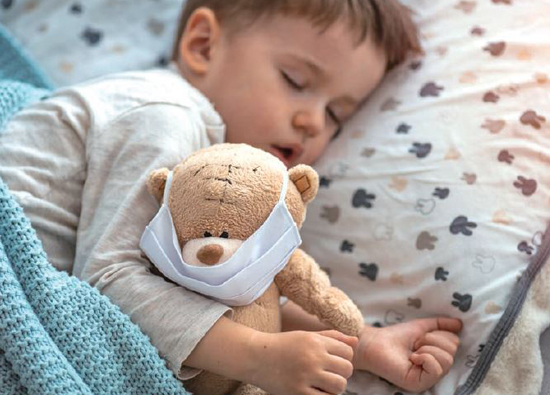
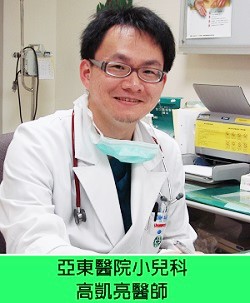
Every child is the treasure of parents. They would rather suffer themselves than let them suffer. It's just that children's immunity is weak, so they can't avoid getting sick. This article will lead you to understand the common "children's febrile spasm" in pediatric neurology clinic, and what measures should parents take?
What is children's febrile spasm?
Febrile spasm is a common disease in pediatric neurology clinic. It is not necessarily epilepsy, but the most common cause of convulsion in children. The incidence rate of children under 6 years old in Taiwan is about 3% - 4%. It usually occurs between 6 months and 6 years old, especially 1-2 years old. Most children seldom have febrile convulsions after 5-6 years old.
Fever causes spasm, mostly from upper respiratory tract infection, gastroenteritis, pneumonia, otitis media, vaccine injection And so on. Regardless of the cause of the fever, febrile spasms usually occur within 24 hours of the onset of the fever. In some cases, the fever is only detected by measuring the temperature of the child after the convulsion is sent to the hospital. Parents should pay attention to the fact that even if the child has a fever and convulsions appear, it may not be a simple thermal spasm. It may also be meningitis, encephalitis or brain lesions. They should seek medical advice immediately.
What are the characteristics of febrile convulsions in children?
The fever is at least 38 ° C, usually 39 ° C or 40 ° C. Generally, convulsions will appear within 24 hours after the onset of fever, but it is also possible that the fever can be detected only after the convulsions are sent to the hospital. Convulsions often occur when a high fever rises rapidly, or when it subsides.
Convulsions, usually have the following manifestations: sudden loss of consciousness, no response, dull eyes or eyes hanging up, black lips, closed teeth, hands and feet will twitch, stiff, or sudden general weakness.
Spasm time from tens of seconds to tens of minutes are possible, but most of the attack time is less than 10 minutes. Usually in 1-4 hours after convulsion to recover consciousness, in addition to may continue to have a fever, will not leave any neurological symptoms (such as limb weakness, etc.).
Because there are many causes of infant fever, clinicians should not only stop the convulsions as soon as possible, but also find out the causes of infant fever and give appropriate treatment.
Clinically, febrile spasm can be divided into "simple type" and "complex type". Simple febrile spasm needs to meet the three conditions of systemic attack, only one attack of this fever, and the attack time is less than 15 minutes. As convulsions often stop within a few minutes, generally speaking, it will not affect the normal function of the brain. On the contrary, those who do not meet any of the above criteria are called "complex febrile spasm" and have a higher chance of developing epilepsy in the future.
What examination should be accepted after febrile convulsion?
No matter whether the results of brain wave examination are normal or not, it can not accurately predict the recurrence rate of febrile convulsions or the possibility of epilepsy in the future. Therefore, no further brain wave or brain scan is needed for febrile convulsions, unless brain lesions are suspected, such as children with neurodevelopmental retardation before convulsions, children with convulsions younger than 1 year old, local convulsions or convulsions If there is local limb weakness after convulsion, further brain wave or brain scan can be carried out, otherwise the above two examinations are not helpful for febrile convulsion.
What should children do when they have a febrile spasm?
Let the child lie on his or her side with his or her head on the side at the same time. Put a soft object under his or her head and dig out the things in his or her mouth to avoid blocking the suction passage.
Remove hard objects around that may hurt children.
Don't force anything on the sick people, otherwise the chance of causing injury may be far greater than the chance of biting the tongue. If the patient's mouth is not closed, try to place a tongue depressor, or wrap a handkerchief around a hard object that won't loosen and place it between the upper and lower teeth to prevent children from biting the tongue.
When children have febrile convulsions, what should they do?
Let the child lie on his side, put the pillow under his head to avoid collision, and remove sharp objects that may endanger the child.
Loosen tight collars or anything that surrounds your neck and affects your breathing.
If a child has foreign body in his mouth and it is easy to take out after judgment, he can lie on his side and try to clear it out. Otherwise, nothing (such as a spoon or his own finger) can be inserted into the patient to avoid further injury to the patient and affect the smooth flow of his suction passage.
Do not press or bind the patient's body to suppress spasm.
There is no need to perform artificial aspiration, unless the patient stops aspiration after the convulsion stops.
No matter when or after convulsion, do not let the child drink immediately to avoid choking on the suction channel, and do not let the child get up and walk immediately, because the patient may still be in a trance after convulsion.
If the child has a high fever, use anal suppository to help reduce the fever.
If the convulsion lasts for more than 10 minutes, or if the convulsion is continuous and the mind cannot recover, the patient should be sent to the hospital for medical treatment.
Carefully observe and record the children's convulsions, including the changes of eyes, face and limbs. The doctor may ask about the direction of eye rotation, bilateral hand and foot convulsions or only unilateral convulsions. At the same time, the number and duration of convulsions should also be noted. These data are very helpful for the doctor's diagnosis and adjustment of drug dosage.
Keep calm and stay with your child to protect him from accidental injury. At the same time, do not move or impose restrictions on the patient, which will not help stop the spasm.
After the convulsion stops, let the child lie on his side to make saliva flow out. Do not give any drink or food before the patient is fully awake.
In a word, febrile spasm is considered to be a benign disease, most of which will stop attacks on their own and will not cause brain damage. Parents should keep calm and protect children's safety, and these children will hardly leave injuries and sequelae when they grow up. Only a small number of patients may develop epilepsy, but the probability is only slightly higher, so there is no need to worry too much.
#




